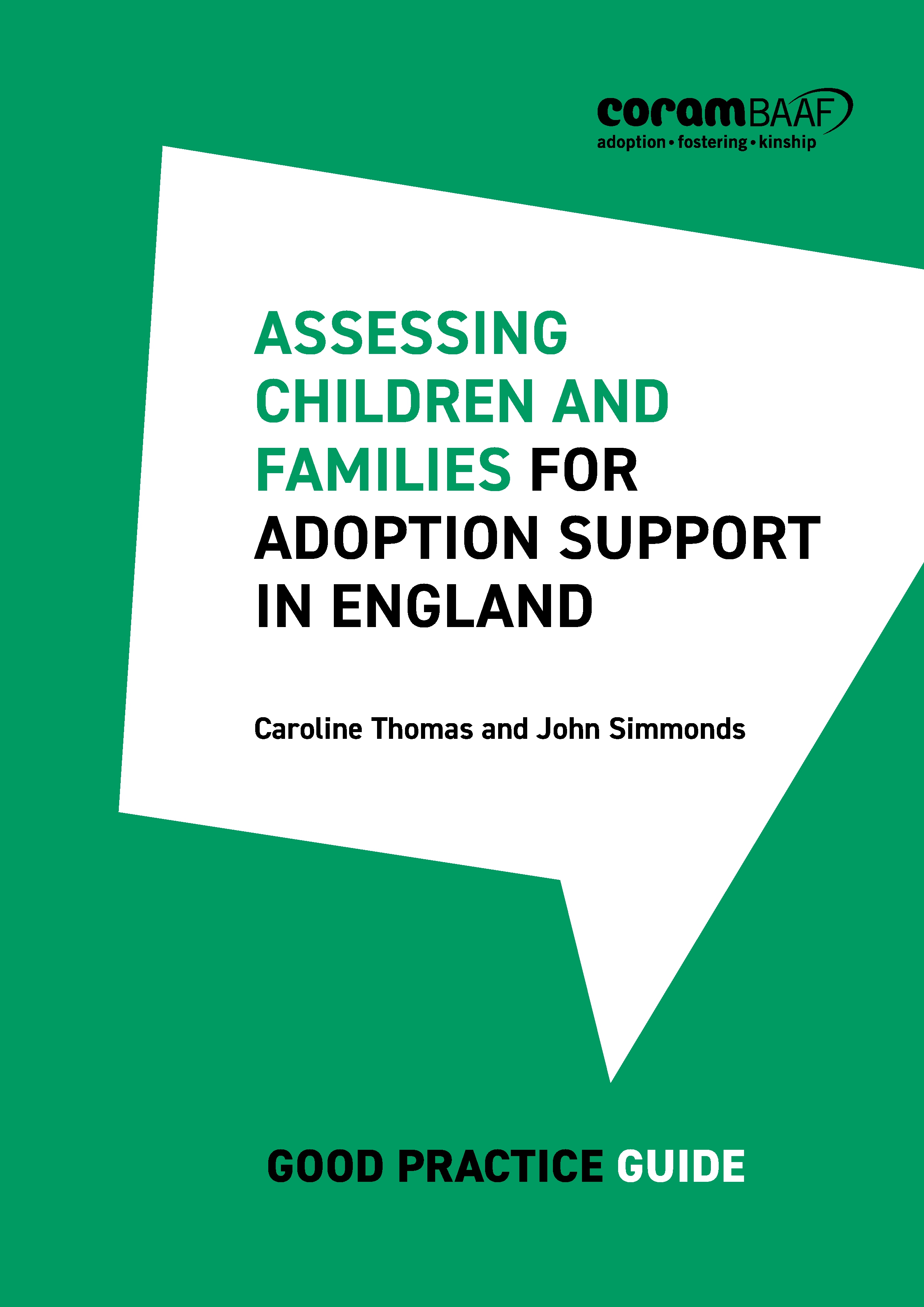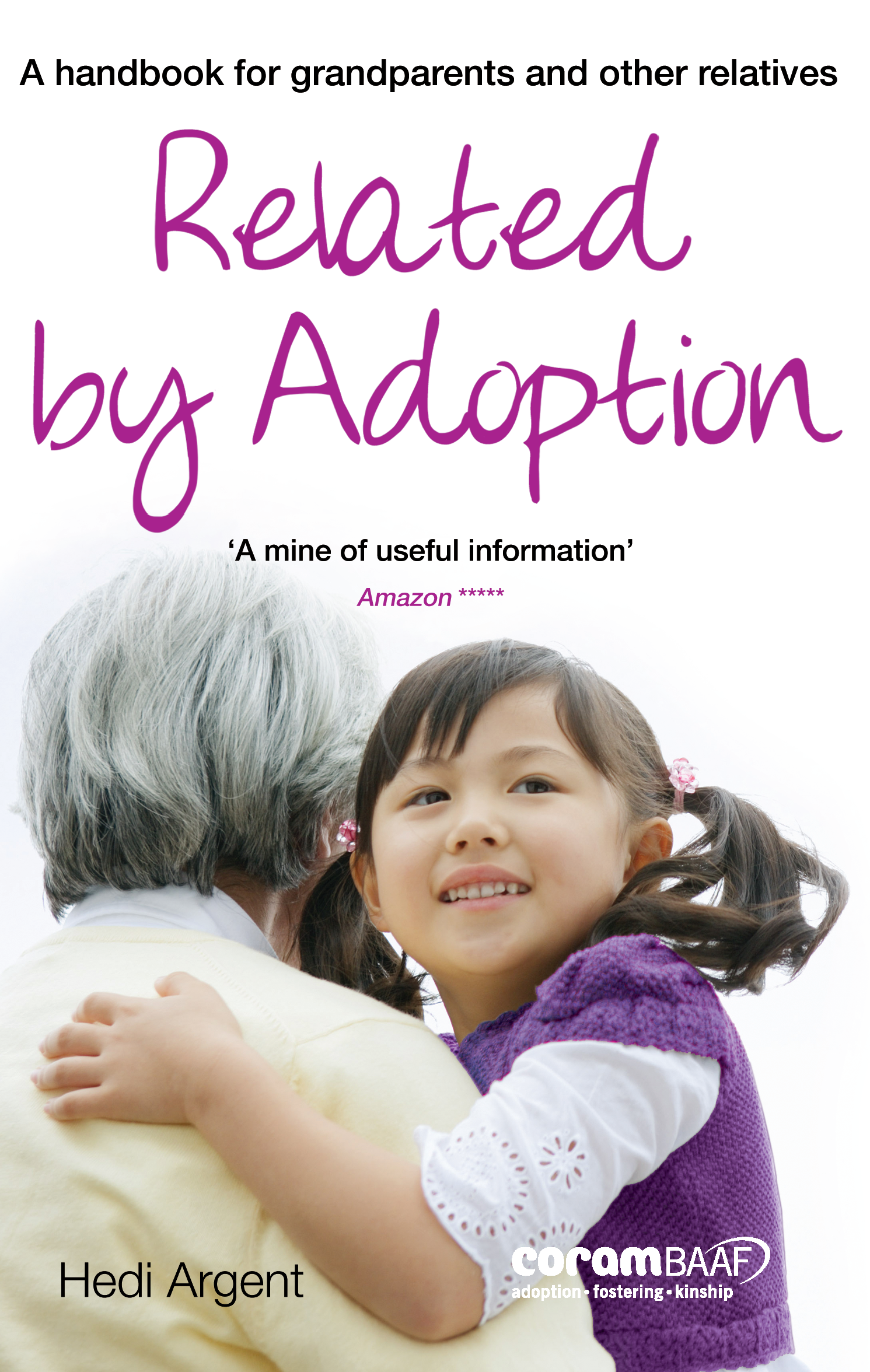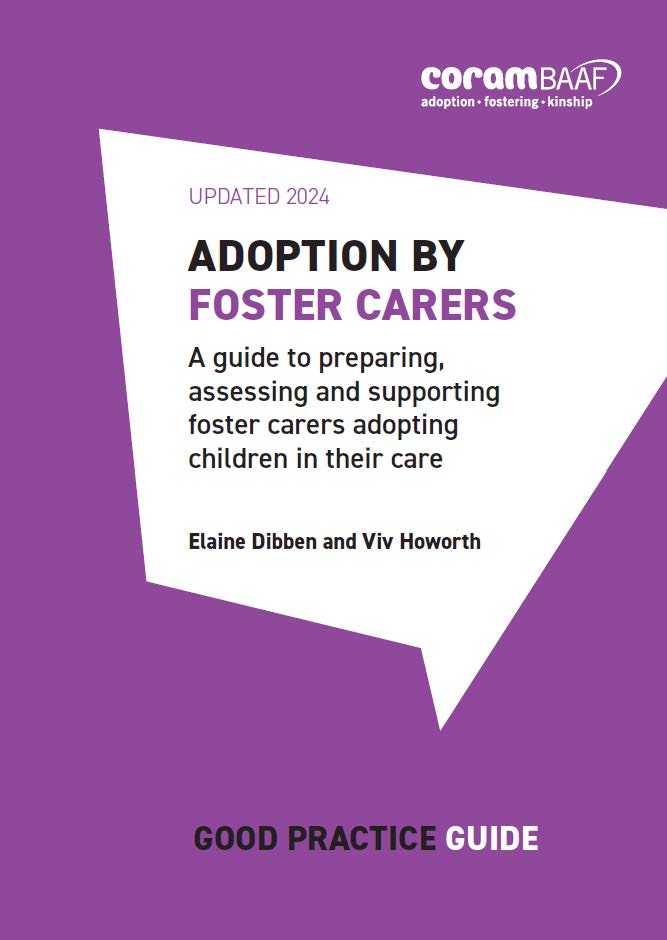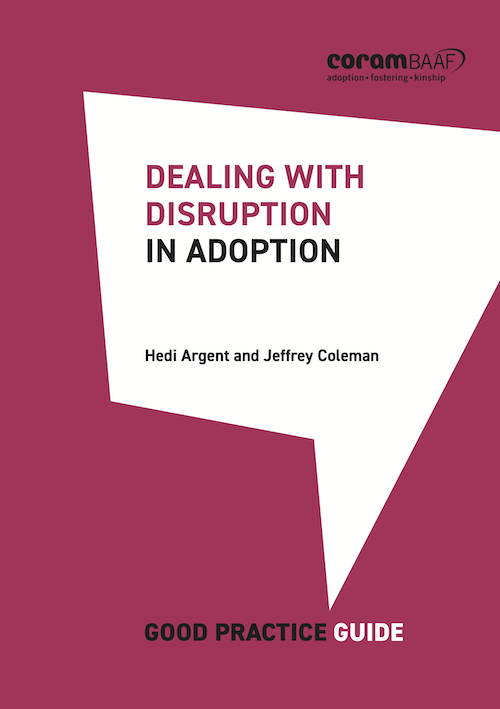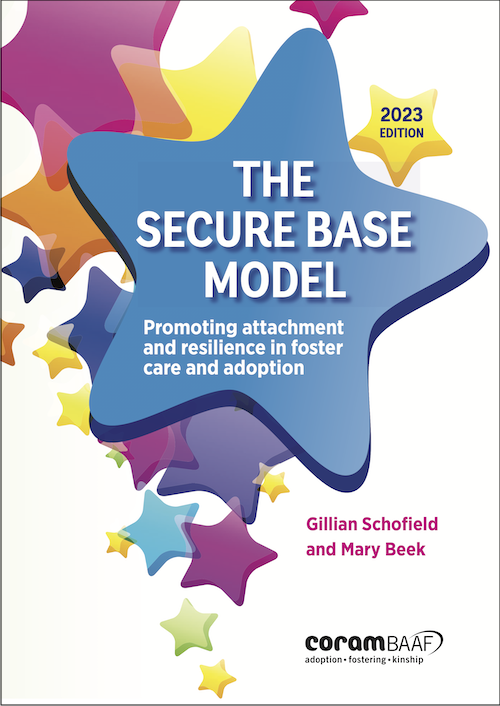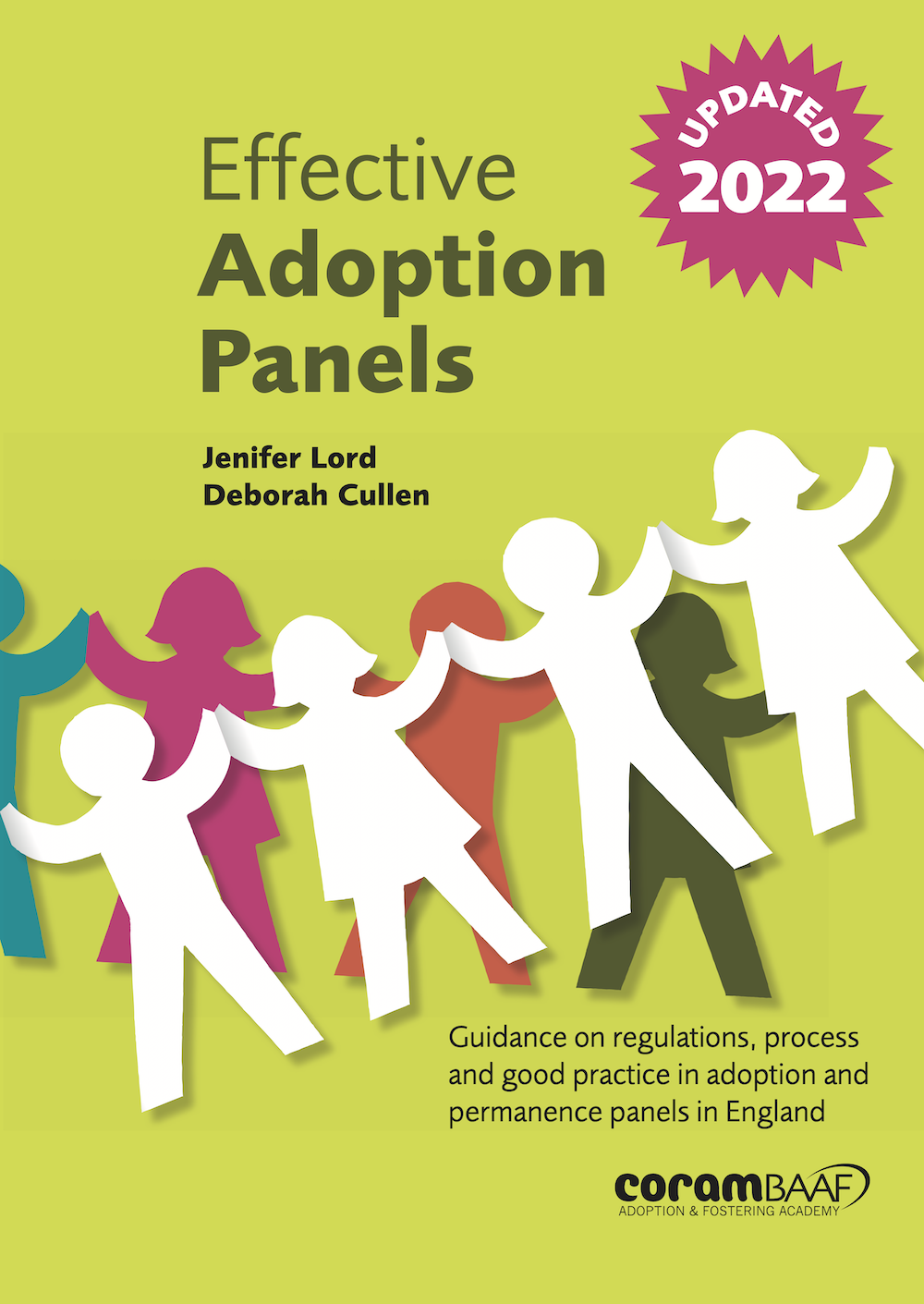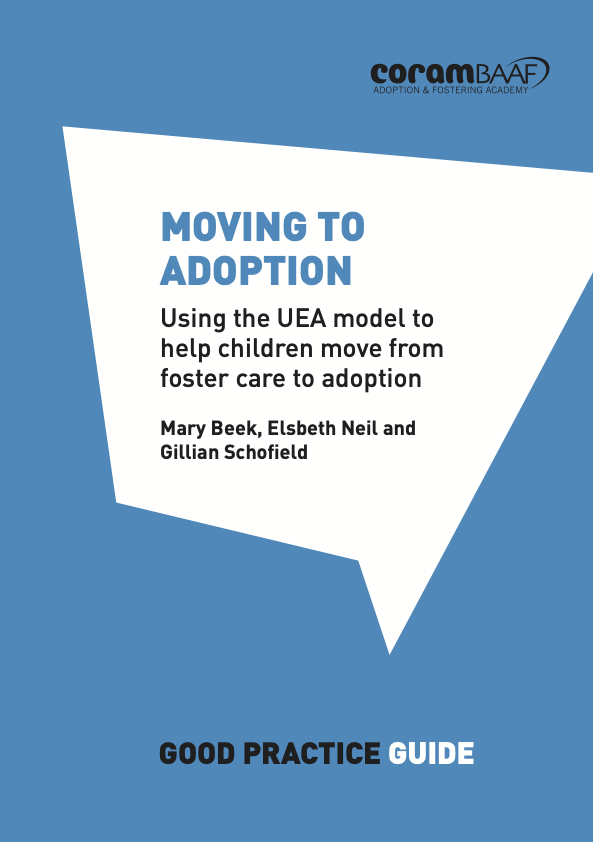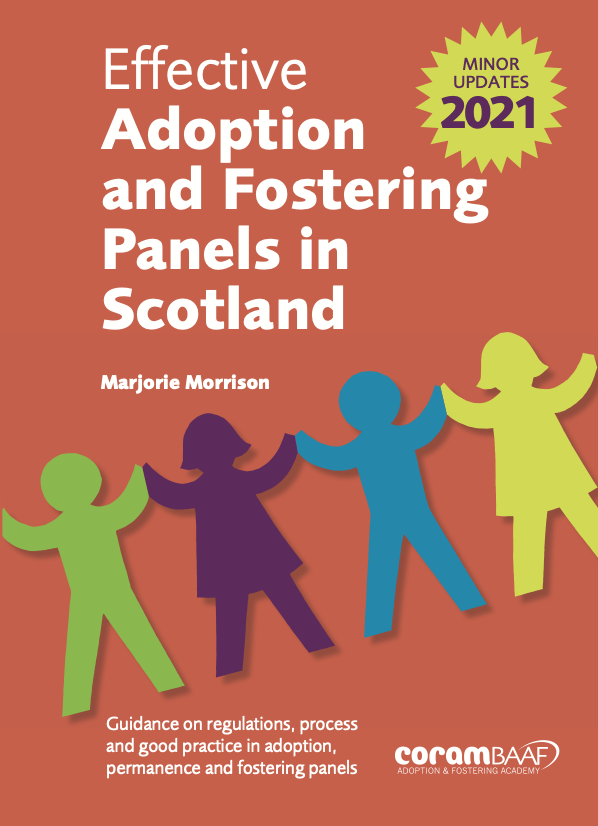Displaying 11 - 20 of 144
This practice guide aims to enhance the quality of post-order adoption support assessments, and thereby improve outcomes and well-being for adopted children and families. It will help social work practitioners to carry out assessments that are informed by the best available evidence and practice wisdom.
This useful handbook introduces grandparents-to-be and other relatives to information about adoption today. It offers some facts about the children who need to be adopted and discusses how the wider family can support and be involved in building a family through adoption.
Adoption by foster carers is an area of practice that has attracted controversy and divergent views prevail. This Good Practice Guide explores some of the issues behind the contradictory views. It challenges practitioners to reflect on the established “practice wisdom” and adopt a more open-minded and child-centred approach.
This Good Practice Guide considers various aspects of disruption in both fostering and adoption placements and is an important tool for those involved in making permanent placements for children.
Secure Base is a model of caregiving in fostering and adoption that is based on theories of attachment and resilience while also drawing on child placement research.
2022 EDITION Effective adoption panels provides guidance on the roles and responsibilities, as well as the laws and regulations, connected to adoption panels. It is the only guide designed to help panels make sound and effective recommendations.
Job descriptions, review forms, decision-making tools and checklists to help you administer the panel process.
This guide introduces an authoritative practice model for supporting children’s moves from their foster family to their adoptive family – the University of East Anglia (UEA) Moving to Adoption model. Drawn from a two-year practice development project, the UEA model promotes sensitive practice that is responsive to the child’s needs.
2021 EDITION What are the roles and responsibilities of adoption and fostering panel members? What laws and regulations determine how these panels function? How can panels help to make better placements? This book answers these and many other questions and is the first and only definitive guide for members of both adoption and fostering panels.

